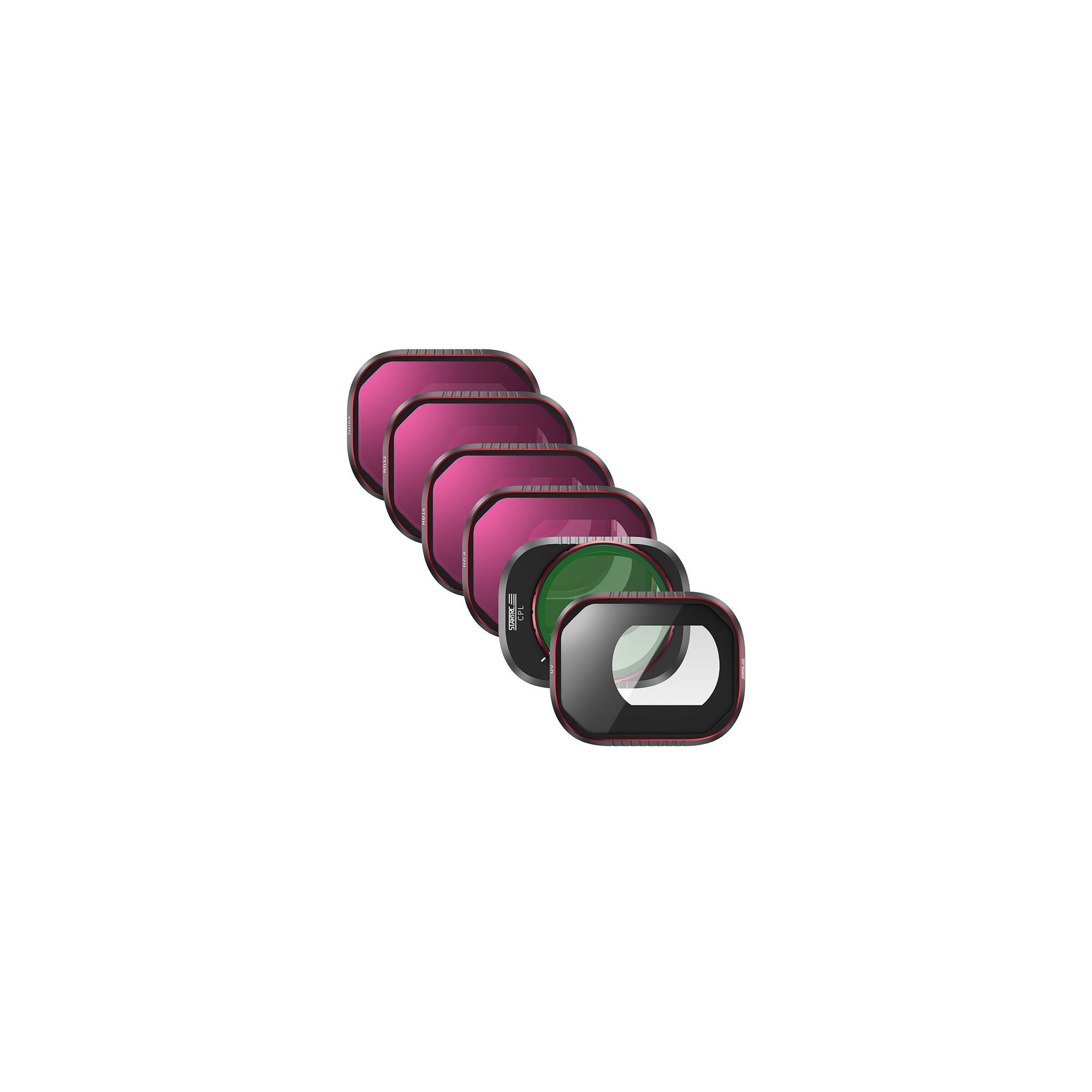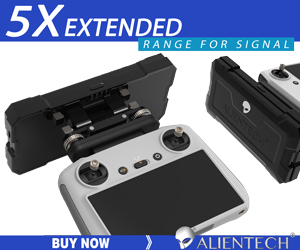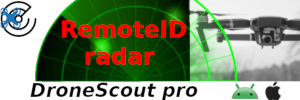I think what would be nice is for someone with great experience as both a UAV pilot and photographer to device some form of sliding scale/chart to use as guidance for those of us who are less experienced. The attitude of go and learn like I did doesn't really work very well. Some of us need a helping hand and pointing in the right direction. In the world of amateur radio they call it being an "Elmer", something which I am proud to say I have been referred to as being.
I'll try to give a foundation for helping to understand this
Without knowing what your drone camera is, I'll use f/2.8 as a base reference for my base f-stop since many drones are equipped with this fixed f-stop.
An f-stop is a number expressed as a fractional ratio of how the aperture opening size compares to the focal length of a lens.
This number is based on the square root of two which in friendly numbers is 1.4
Think of the aperture like the iris of a human pupil. When it gets dark, your pupil enlarges to let more light in, and when it is bright it contracts to reduce the amount of light coming in.
Now for the confusing part!
An f/2.8 lens means that in comparison to the focal length of the lens, it would take 2.8 aperture opening diameters to equal the focal length of the lens.
To reduce an f/2.8 aperture one stop, you would multiply 2.8 x 1.4 to arrive at 3.92 which is always referred to as f/4.
It seems strange that an increase in the f-stop number is a reduction, but remember this f-stop number is a fraction.
This is why the f-stop is written as a fraction. f/2.8, f/4, f/5.6 etc...
When thinking about the "f" in f-stop, substitute the focal length of the lens and then the math becomes more apparent.
For a DJI
Mini 4 Pro, the focal length is 24mm
24/2.8=8.57 Where the quotient represents in mm the diameter of the aperture.
One stop LESS of additional light would be 24/4=6 and you see the aperture diameter has decreased by 2.57mm thereby reducing the amount of light available for the sensor to collect.
Sadly, we can not adjust the aperture on the drone's camera so this is where ND filters come in.
ND filters are indexed by powers of two. They DO NOT change the aperture but they are best thought of as being the exposure equivalent as changing the aperture.
An ND2 is a one stop reduction and is the same as changing the f-stop from f/2.8 to f/4.
An ND4 is a two stop reduction and is the same as changing f/2.8 to f/5.6
An ND8 is a three stop reduction (remember? powers of two? 2-4-8-16-32-64-128-256) and is the same as changing f/2.8 to f/8.
The filters are relative to the aperture that the camera and lens are set to. If we could change the aperture on the drone camera from 2.8 to 5.6, then an ND2 would change an f/5.6 aperture to an f/8. One stop less light coming in.
Stops are one of the more technical aspects of photography and there is really no simple way to understand it.
The best way to understand it is to be mindful of aperture when you are looking at the exposure of your image/video.
If it's too bright then visualize to yourself that the aperture needs to be reduced and then mentally note to yourself what change you made to correct it. Eventually (in several weeks to several months depending on how often you use your equipment) you will be able to look at an exposure and know exactly how much to increase or reduce the light for the situation.

 dji-retail.co.uk
but the majority of Mini 4 Pro filter set reviews on YouTube are from November of the Freewell set when they sent sponsored a bunch of videographers.
dji-retail.co.uk
but the majority of Mini 4 Pro filter set reviews on YouTube are from November of the Freewell set when they sent sponsored a bunch of videographers.











